Illegal Tender podcast: The United States of Opioids
Listen on Apple Podcasts | Google Podcasts
This is part 1 of Yahoo Finance’s Illegal Tender podcast about the big business behind opioids in the United States. Listen to the series here.
Opioids have hit the U.S. hard over the last decade. In 2007, 18,515 Americans died from an opioid overdose. That number skyrocketed to 47,600 in 2017.
The crisis is also hammering the country on a financial level. Between 2015 and 2019, the estimated cost to the U.S. economy from illicit use of opioids is projected to top over $800 billion. This is due to numerous factors, including lost productivity, health care costs, and premature mortality.
Ben Westhoff, an investigative journalist who wrote “Fentanyl Inc: How Rogue Chemists Are Creating the Deadliest Wave of the Opioid Epidemic,” explained that the American overdose crisis took place in three waves.
“We had prescription pills like Oxycontin,” he said. “That was the first wave of the opioid epidemic. Then people, when their prescriptions ran out, turned to street heroin, which was the second wave of the opioid epidemic. And now fentanyl is the third and it's the most deadly. It's hard to find pure heroin at all these days. And a lot of places, so much of it is cut with fentanyl and it's killing now more Americans than any other drug in history.”
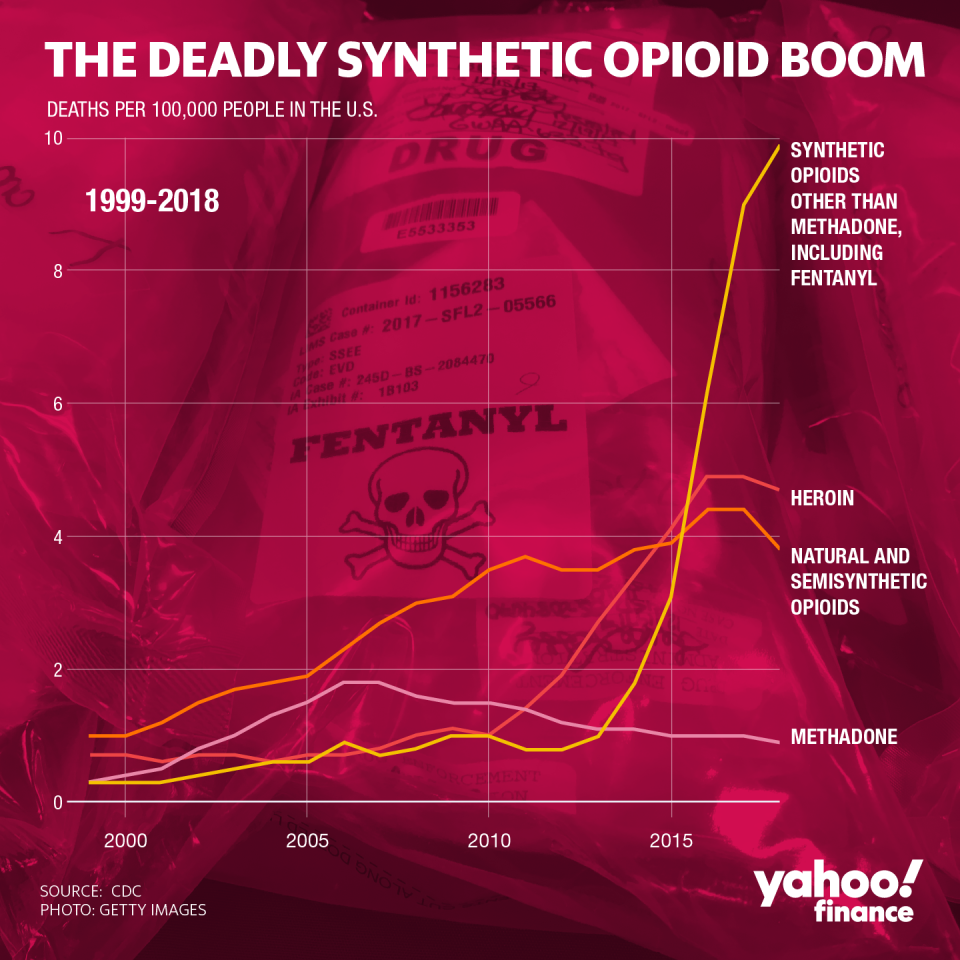
Illegal Tender by Yahoo Finance is a podcast that goes inside mysteries in the business world. Listen to all of season three: The United States of Opioids: Behind a uniquely American crisis
Andrew Burki, who has been in recovery for 18 years, experienced the first two waves firsthand.
“What happened is when I was probably like 13... I broke my collarbone and was prescribed opioids,” he told Illegal Tender. “There's a misconception about who develops substance use disorder and that it's exclusively kids that are coming from broken families and that's actually not the case. And that wasn't the case for myself and that actually wasn't the case for my wife who’s also in long-term recovery.”
Eventually, Burki became addicted to heroin. He overdosed five days after he turned 17. Wrestling over the best approach to treat their son, Burki’s parents sent him away to get treatment in Western Samoa. Burki described it as “essentially a child prison camp.”
“The person at the hospital was just like ‘this is where you should send this kid,’” he explained. “And it was insane. I'm a person who has experienced incarceration as a result of my substance use disorder as well. I will say that Samoa was significantly worse than being incarcerated in the U.S. It was literally, we were getting like beaten, locked in wooden boxes.”
Unfortunately, Burki’s experience did more harm than good.
“I never saw a therapist the whole time I was there, and I was there for a year,” Burki said. “I had a year of not using because I was in this very, very controlled environment and then I really, fundamentally was not set up for success.”
He continued: “I got back and I relapsed probably three hours after I left, much to the dismay of my mother.”
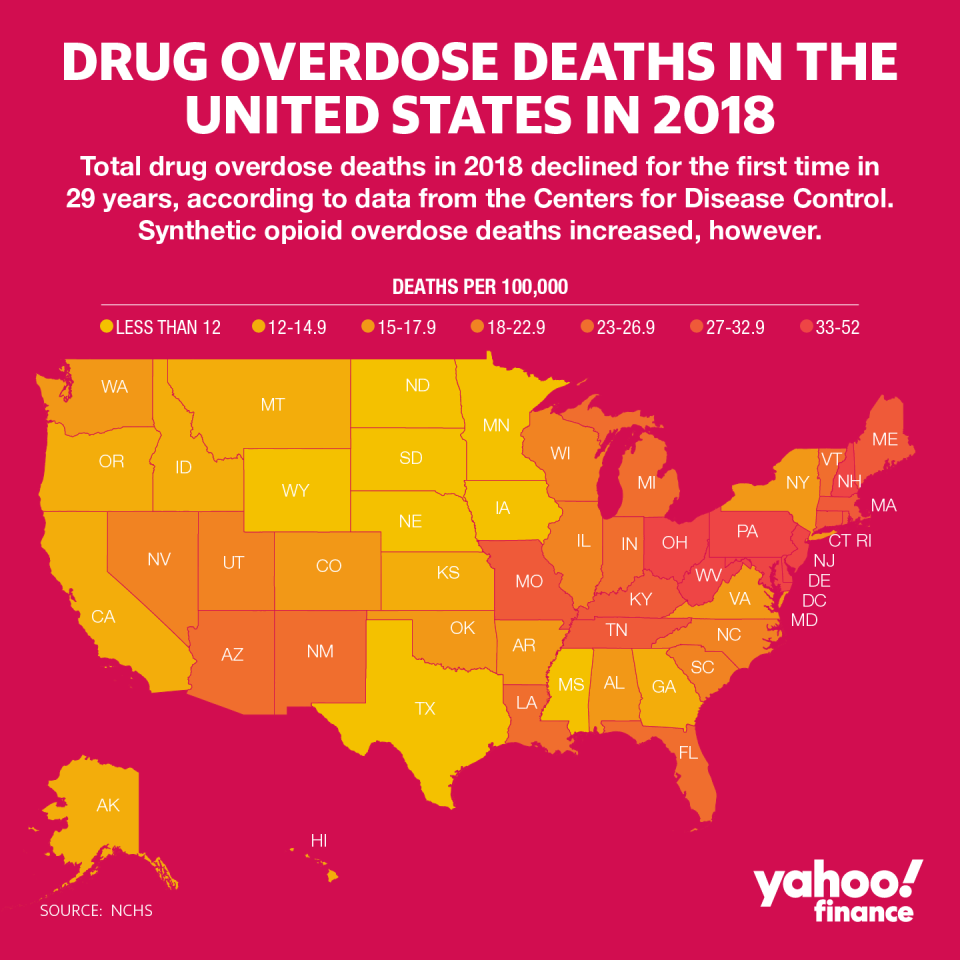
Listen on Apple Podcasts | Google Podcasts
Transcript:
Adriana: Over the last several years, the word fentanyl has become synonymous with that of something that evokes death. Fentanyl is a drug that's aggressively made its way into American communities. It's become more and more common to know of someone, or even worse, to be someone whose life is touched by the drug in one way or another.
Adriana: For perspective, fentanyl is 50 times stronger than heroin. It's also much easier to overdose on, and even more alarming, it often goes undetected by being cut into other drugs, like cocaine and meth, without the user's knowledge.
Adriana: So where is this drug coming from and why is it being used at all? How could something so lethal and so addicting make its way into our homes, no matter the demographic or region, with such ease?
Adriana: This is Illegal Tender, season three. I'm Adriana Belmonte.
Adriana: I've been covering the US opioid crisis for the last year and a half. With each story I write on this topic, I find myself learning something new, and realize that there's still so much we don't know about how this crisis has been evolving. For one thing, it's been pretty clear that there's no one true cause of it.
Adriana: I was assigned this topic when I first started off as a reporter here at Yahoo. On the surface, opioids might not seem like an economic story, but that's where I was wrong. Opioids affect our economy in numerous ways, in our workforce, our healthcare system, and even our tax revenue. But that's point B. We're going to start off at point A, how it got so bad to begin with, and how a problem with painkillers became a problem with heroin, which soon became the problem known as fentanyl.
Illegal Tender by Yahoo Finance is a podcast that goes inside mysteries in the business world. Listen to all of season three: The United States of Opioids: Behind a uniquely American crisis
Adriana: So what exactly is fentanyl?
Ben Westhoff: You can think of fentanyl as synthetic heroin. And so, heroin is an opioid or an opiod. It's basically the same thing. Fentanyl is the synthetic version, and so that means that, whereas heroin comes from the opium poppy, has to be grown in a field, it takes time, it takes energy, it's susceptible to law enforcement, these big fields, but fentanyl can be made clandestinely in a small lab, very cheaply, and the profit margins are astronomical. Fentanyl is 50 times more potent than heroin. And so, for the Mexican cartels who are moving most of it, it is just an incredibly profitable drug. And so, they're moving away from heroin as fast as they can in favor of fentanyl.
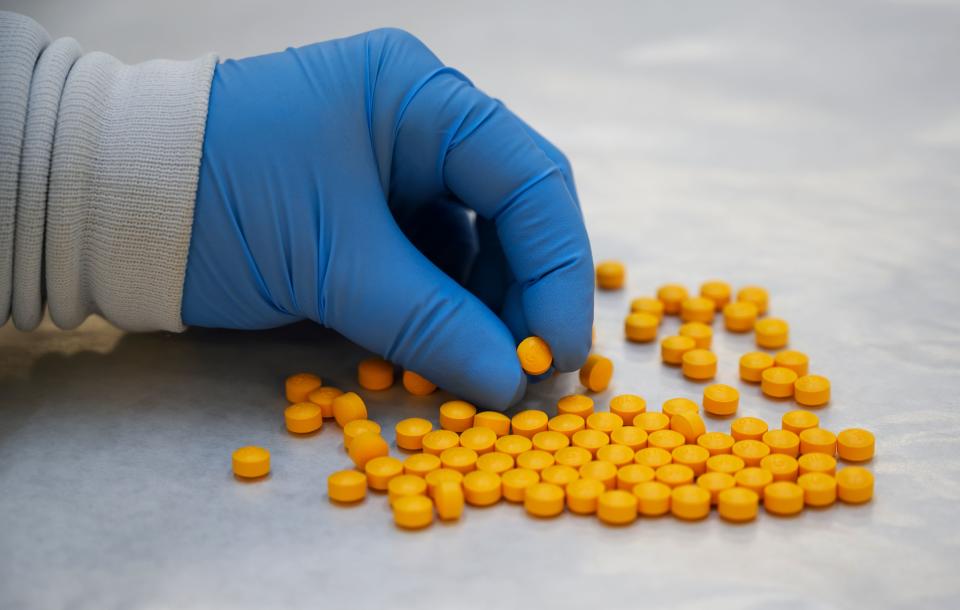
Adriana: This in Ben Westhoff. He wrote Fentanyl, Inc.: How Rogue Chemists Are Creating the Deadliest Wave of the Opioid Epidemic. Westhoff looks at the US opioid crisis as taking place in three waves.
BW: I'm an investigative journalist and first became interested in this subject in 2010 when I had a friend who died from fentanyl, and he actually had the prescription patches, which he procured illegally, and was drinking and ended up kind of suffocating in his sleep.
BW: Back then, nobody even knew what fentanyl was and started hearing more and more about the opioid epidemic. And so now, you know, we had prescription pills like Oxycontin that was the first wave of the opioid epidemic, then people, when their prescriptions ran out, turned to street heroin, which was the second wave of the opioid epidemic. And now fentanyl is the third, and it's the most deadly. It's hard to find pure heroin at all these days. In a lot of places, so much of it is cut with fentanyl, and it's killing now more Americans than any other drug in history.
Adriana: It first began with prescription painkillers. You've heard some of the biggest names by now, Purdue Pharma, Johnson & Johnson, and so on. Each of these companies has faced lawsuits related to their roles in how they marketed their painkillers in relation to people becoming addicted to them.
Adriana: There began a shift towards heroin since it was cheaper and a bit easier to obtain once painkillers became more regulated. For Cheryl Juaire, this was the case with her son, Corey.
Cheryl: He was supposed to be my girl. And so he was the baby, you know? And he was treated like the baby. You know, and he was spoiled, and my husband was a truck driver, so he was gone a lot. So I would let Corey stay in bed with me, which my older boys always said, "Yeah, he was there until he was like 14," and I'm like, "No, he wasn't."
CJ: But he was your typical... You know, he went to Cub Scouts, he did Little League, he played some football in high school, but his dad and I got to divorced when he was five, and that really, really devastated him. And his father remarried, and to me, that was like the start of the end for him.
CJ: So my sister passed away from cancer, and Corey was about 18 at the time, and my ex husband showed up, and I was already remarried. And Corey says to me, "Mom, dad's over there and he's looking at you, go talk to him." And I'm like, "Corey, it's never going to happen." You know? So he just always had that fantasy that dad was going to come back, even when he was 18. So he was heartbroken.
Adriana: While Corey was in high school, he started smoking weed while also experimenting with pills.
CJ: And I knew he was dabbling with drugs, but I thought that that was normal because, you know, in high school, you smoked a little weed. You might've did a few pills, speed or whatever, but I didn't know the depths of addiction at that time. So I just brushed it off as, "You need to grow up. You're 23 years old, you just had a new daughter, you need to move on with you're life."
Adriana: Unfortunately, Corey soon lost his battle with addiction.
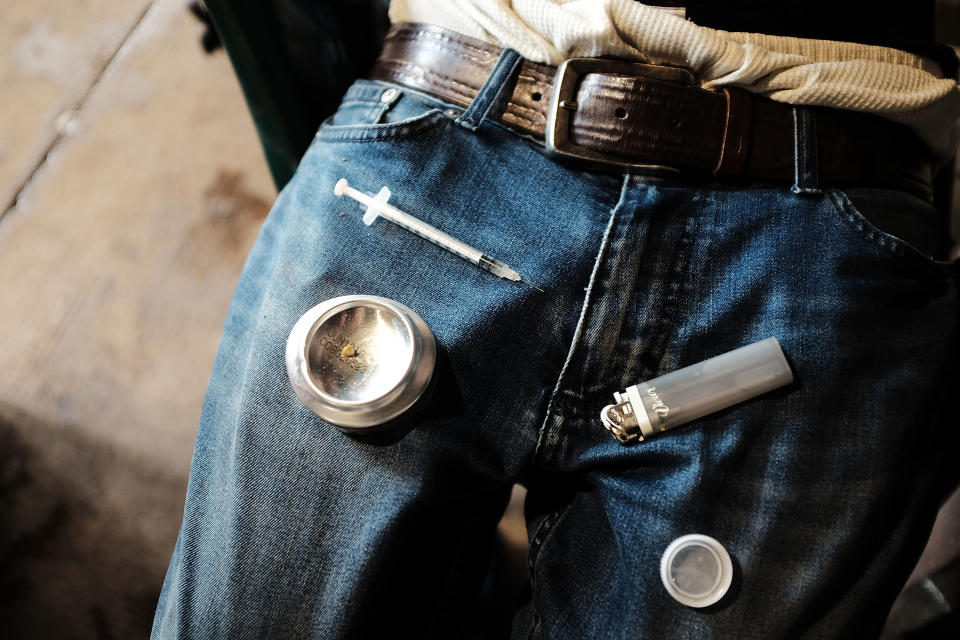
CJ: You know, he started with marijuana, and then he had a little bit of alcohol, and then he moved on, I've learned so much since he's died, to opioids. You know, he'd get himself in trouble. He stole a prescription pad from my primary care physician to get himself drugs. I just thought he was being a troublemaker. I didn't realize, again, the addiction and what it does. And I didn't know he was using heroin. I didn't know about the pills. Well, I knew pills, but I didn't know what kind or anything at the time.
CJ: So I got the call, and my son had overdosed from a heroin overdose. And I knew, like I said, I knew nothing about the disease of addiction.
CJ: So the next couple of years, I lived in Florida and I was like a walking zombie. I suffered in my grief alone. I didn't know anybody who had lost a child, let alone to an overdose or addiction.
Adriana: Corey died from a heroin overdose. This is a theme you'll hear throughout our series, the connection between the two drugs and how the use of heroin is so closely tied to the rise of fentanyl.
Adriana: Corey died in 2011. He was one of 41,340 individuals who fatally overdosed that year. That number skyrocketed to 70,237 in 2017, and it's expected to keep climbing. But there are people like Andrew Burkey, people who are in recovery and trying to spread awareness of what it takes to overcome addiction, eradicate stigmas, and recognize that addiction is a disease.
Illegal Tender by Yahoo Finance is a podcast that goes inside mysteries in the business world. Listen to all of season three: The United States of Opioids: Behind a uniquely American crisis
Andrew: So I'm in longterm recovery. I just actually celebrated 18 years.
Adriana: Congratulations.
Andrew: Thank you. I appreciate that.
Adriana: Andrew is the chief public policy officer at the Hanley Foundation.
Andrew: And I actually didn't, I didn't get it on the first time. So I started experimenting pretty young, sort of rapidly accelerated, and I ended up overdosing. I'm in recovery from a heroin use disorder. I ended up overdosing five days after I turned 17. My parents... You know, this is like back in the 90s, I'm 39 now, so, you know, old, recently transitioned from being introduced as a young person in recovery to a person who got in recovery young, which was a very nuanced transition.
Adriana: So how old were you when you used drugs for the first time? I know you mentioned you were a teenager. Was it prescription drug?
Andrew: I sort of had some alcohol and done stuff with marijuana even younger than this, but I wasn't really like actively using, it was just sort of like pretty standard experimentation stuff. What happened though is when I was probably like 13, I think I was 13 when this happened, I broke my collarbone and was prescribed opioids.
Andrew: And this is actually a really interesting point because there's a misconception about who develops substance use disorder and that it's exclusively like kids that are coming from broken families, and that that's actually not the case. And that wasn't the case for myself, and that actually wasn't the case for my wife who's also in longterm recovery. And we're actually pretty good examples of this. I mean, I know this is anecdotal, this is not like, you know, IRB university involved research study
Adriana B.: No, anecdotal is good. Anecdotal is good.
Andrew: But you know, we're both from privilege, and both of us are coming from families that were able to very much stack the deck in our favor, and that is why we were able to achieve and sustain longterm recovery. You know, I'm at 18 years, she's at like 12 years or so, and we're from families where there actually isn't substance use disorder, right? Like my mom's a Harvard-educated surgeon, my father went to MIT, he's an economist, and one of my brothers literally just submitted his thesis at Oxford. The other brother went to Georgetown, works at Mass General, and they're all "fine", I'm air quoting, which doesn't help on a podcast, they're all fine quote unquote.
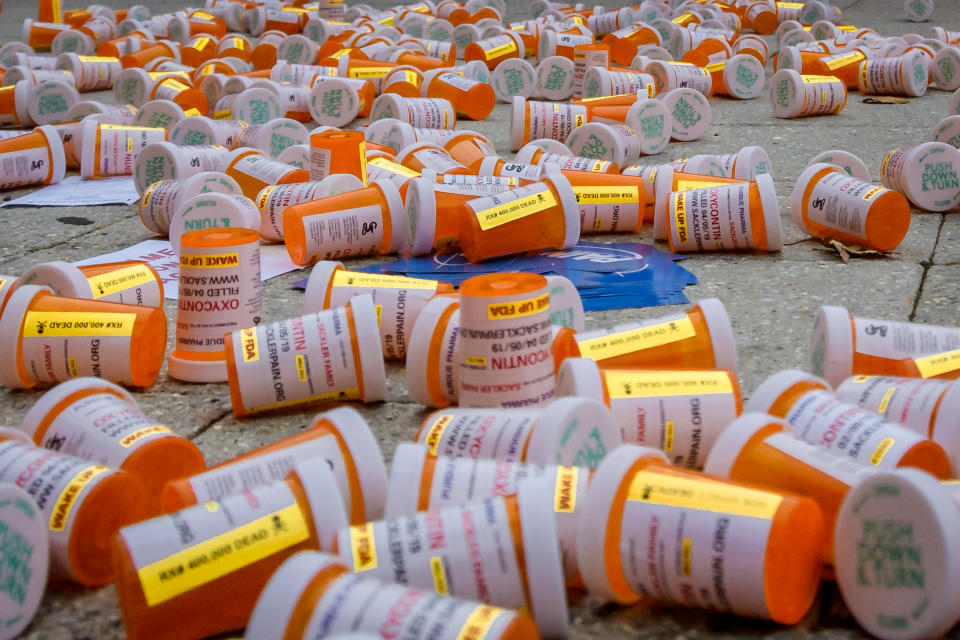
Andrew: But you know, it's the same deal with my wife, right? Like dad's an eye surgeon and mom's a lawyer and a professor. Like both her brothers are eye doctors. One of her sisters worked for Goldman. Her other sister actually is how we met. It's Julia LaRoche here at Yahoo Finance that, you know, has been in journalism, right? And they don't have substance use disorder, but she had a similar experience, or hers was actually significantly worse than mine, where she got in a horseback riding accident and they put her on morphine.
Andrew: And what happens is, if you take these developing brains and you load them up with opioids, even if you don't develop a substance use disorder at the time, when you start experimenting later down the road, you are literally supercharged for developing a substance use disorder because the brain doesn't really make the distinction between like I'm taking this for pain or I'm taking this for recreational use.
Adriana: So in short, substance use disorder is defined by the Department of Health and Human Services as substance use or substance dependence. The symptoms can include behavioral, physical and social changes, meaning it can be extremely difficult to get off these drugs when you have this disorder.
Illegal Tender by Yahoo Finance is a podcast that goes inside mysteries in the business world. Listen to all of season three: The United States of Opioids: Behind a uniquely American crisis
Adriana: Getting clean wasn't an easy process for Andrew. In fact, it took him all the way to the Oceanic region of the world.
Andrew: So I ended up getting sent to this, essentially, child prison camp in Western Samoa. Great Yahoo search if you want.
Adriana: Samoa?
Andrew: Yeah, Western Samoa. It's like 500 [crosstalk 00:13:08]
Adriana: How did your parents decide to send you there of all places?
Andrew: The person at the hospital was just like, "This is where you should send this kid," and it was insane. I mean, I'm a person who has experienced incarceration as a result of my substance use disorder as well
Adriana: Was this after Samoa?
Andrew: This was after Samoa, but I will say that Samoa was significantly worse than being incarcerated in the US. So this is like child... I mean, it was literally we were getting like beaten, locked in wooden boxes. I never saw a therapist the whole time I was there, and I was there for a year. So yeah. So Paradise Cove, great internet search if you ever want to read an insane story.
Andrew: But, you know, I had a year of not using because I was in this like very, very controlled environment, and then I really fundamentally was not set up for success. We didn't have recovery high schools the same way that we have them now. We didn't have sort of these subacute care support services and alternative peer groups and all of the things that we've set up for adolescents in the US, not just Hanley Foundation, but the sort of larger recovery movement has provided a lot of this support infrastructure for young people.
Andrew: So I mean, I got back, and I mean, I relapsed probably three hours after I left, much to the dismay of my mother. And then, from 19 to 20, I ended up in another program, had nine months, I mean, I literally just walked off and I was probably high before they knew I was gone.
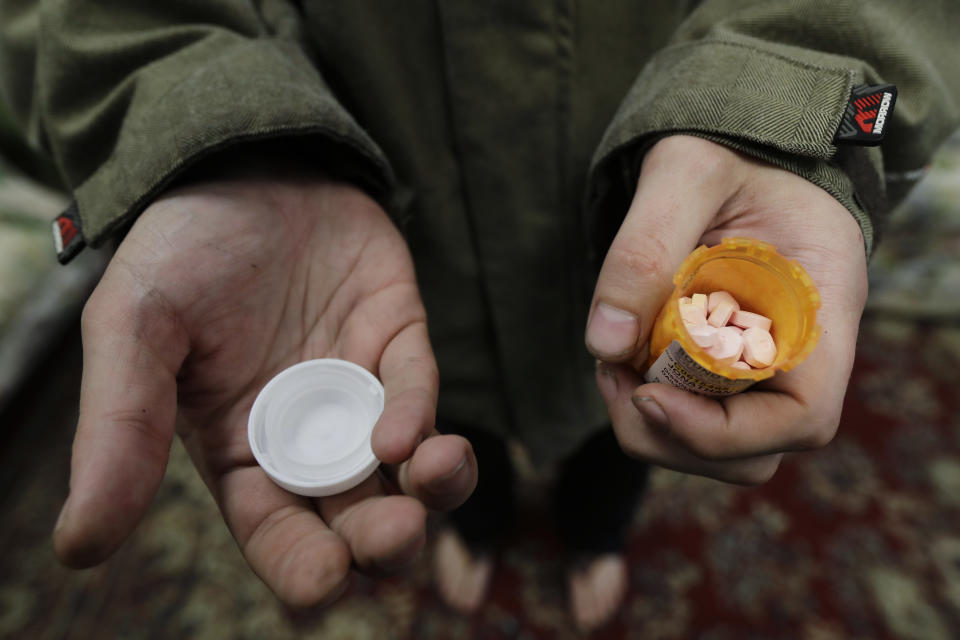
Andrew: So it's a process for a lot of people in recovery. You know, a lot of times, they sort of like view it as like very black and white. Going back to your question about, you know, people are making these choices, and if you look at like what it actually takes for people to recover, if you look at like the research from John Kelly out of Harvard for example, the average sort of reoccurrence of use and recovery cycle for most people is about five years or so.
Adriana: Addiction counseling is an important part of the treatment process. There are other methods of the treatment process as well. One is by doctors prescribing methadone or buprenorphine. These are still opioids, but they're given in controlled doses in order to reduce cravings and withdrawal side effects. This doesn't work for everyone in recovery though. As Andrew says, this process is not black and white for everybody.
Illegal Tender by Yahoo Finance is a podcast that goes inside mysteries in the business world. Listen to all of season three: The United States of Opioids: Behind a uniquely American crisis
Adriana: In our next episode we find out where it's coming from and how it's entering our homes.
BW: I actually went undercover into a pair of Chinese drug operations, including, I went into a fentanyl lab outside Shanghai and I was pretending to be a drug dealer. And we talked about drugs, but I also talked about like what's life like as someone who was selling these awful chemicals, and I got to really know the sort of human side of the people working for these companies as well.
Adriana: Illegal Tender is made by Yahoo Finance at our studios in New York City. This episode was written and hosted by me, Adriana Belmonte. Illegal Tender was created, edited, and produced by Alex Sugg.
Adriana: Thank you to Ben Westhoff, Ryan Marino, Andrew Burki, and Cheryl Juaire for contributing to the story. Westhoff's book, Fentanyl, Inc.: How Rogue Chemists Are Creating the Deadliest Wave of the Opioid Epidemic, is available now from Grove Atlantic.
Adriana: If you enjoy this podcast, head over to Apple Podcasts and leave us a five star rating and review it for the show. Until next time, thank you for listening to Illegal Tender.

 Yahoo Finance
Yahoo Finance 
